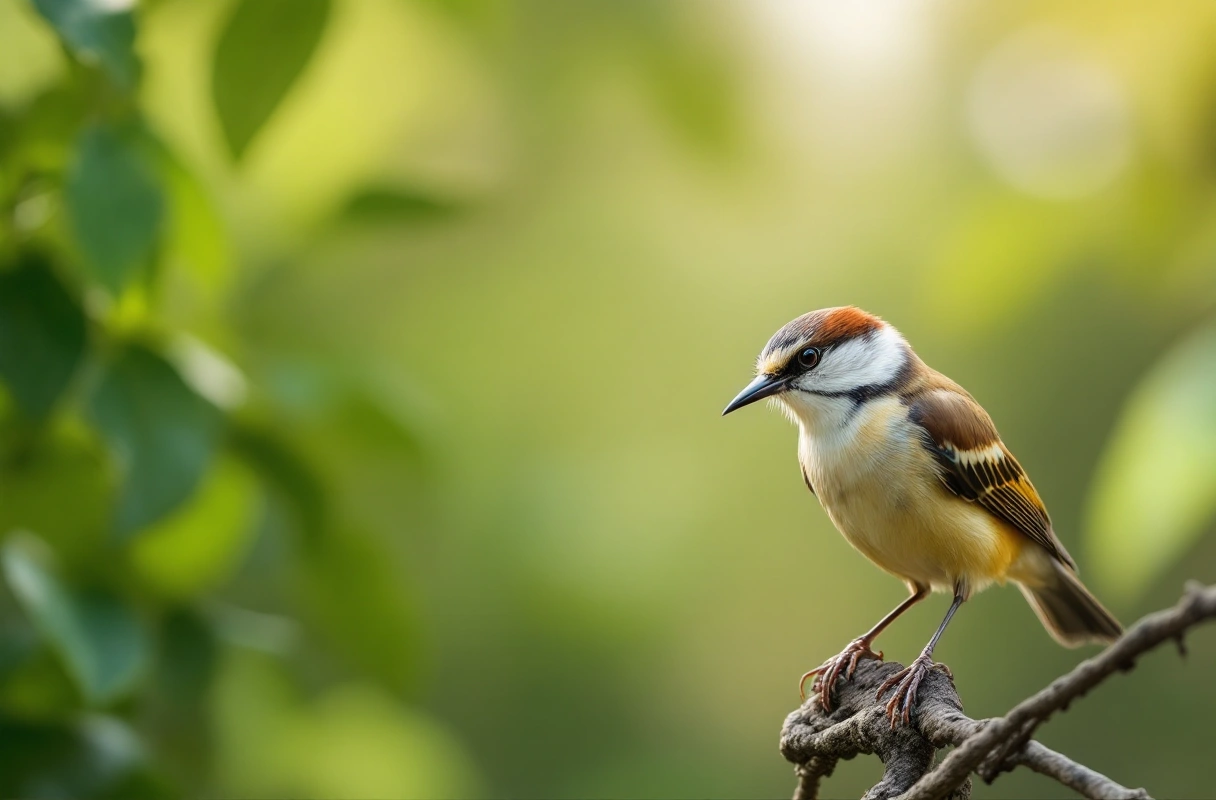
Tanzania is a breathtaking country, renowned not just for its stunning landscapes and rich culture but also for its extraordinary biodiversity. Among its most captivating features are the myriad of birds that inhabit its various ecosystems. Whether you are an avid birdwatcher or just starting to develop an interest, understanding the avian life in Tanzania offers an enriching experience. This guide will delve into the fascinating world of birds in Tanzania, particularly focusing on the top birds to spot while climbing Mount Kilimanjaro, along with essential tips for birdwatching.

Tanzania is home to over 1,000 bird species, making it one of the premier birdwatching destinations in the world. The country's diverse habitats, including savannas, forests, wetlands, and mountains, provide a perfect environment for various bird species. Birdwatching in Tanzania is not merely a pastime; it's an adventure that allows enthusiasts to connect with nature while experiencing the thrill of observing these magnificent creatures in their natural habitats.
Birdwatching can be enjoyed in various ways, from guided tours to solo expeditions. Kilimanjaro wildlife tours, in particular, offer unique opportunities to spot birds while trekking through different ecological zones. As you ascend the mountain, you will encounter distinct climates and environments that support diverse avian life, making your experience both educational and exhilarating.
Mount Kilimanjaro's diverse ecological zones create unique habitats for different bird species. Understanding these zones can enhance your birdwatching experience.
Understanding these zones allows birdwatchers to know where to look for specific species, thereby enhancing their chances of spotting them.

Here are ten remarkable birds that you should keep an eye out for while climbing Mount Kilimanjaro:
The African Olive Pigeon is a medium-sized bird commonly found in the cultivated lands of Kilimanjaro. Its distinctive olive-green plumage and soft cooing calls make it a delightful sight for birdwatchers.
This small finch is easily recognizable by its vibrant blue body and striking red cheeks. Often found in bushes and grasslands, the Red-cheeked Cordon-bleu can be spotted flitting about in search of seeds.
A rare find, the Usambara Thrush is endemic to the region and thrives in the rainforest zone. Its beautiful brown and white plumage allows it to blend seamlessly with its surroundings, making it a rewarding sight for patient observers.
This stunning bird features a bright yellow body with a striking green head. The Green-headed Oriole is often found in the canopy of forests, where it feeds on fruits and insects.
Known for its distinctive white eye ring, the Kilimanjaro White-eye is a small, energetic bird that is often seen in flocks. It inhabits the moorland and is known for its acrobatic movements.
This large duck is often found near water sources in the rainforest zone. Its dark plumage and distinctive quacking calls make it an exciting find for birdwatchers.
The Alpine Chat is adapted to the harsh conditions of the alpine desert. With its striking coloration and unique song, spotting this bird is a highlight for many climbers.
This large hornbill is easily identifiable by its impressive bill and striking black and white plumage. It can often be seen gliding through the forest canopy.
Famous for its elaborate crown of feathers, the Crowned Crane is a stunning bird that can often be spotted in open fields and wetlands around Kilimanjaro.
Though more commonly associated with water bodies, the African Fish Eagle can sometimes be spotted soaring above the mountain, its distinctive call echoing in the air.

To make the most of your birdwatching experience in Tanzania, especially while climbing Kilimanjaro, consider the following tips:
Investing in quality birdwatching equipment can significantly enhance your experience. Essential gear includes:
Birdwatching requires patience and keen observation skills. Here are some strategies to improve your birdwatching:
Participating in guided tours can enhance your birdwatching experience. Local guides often have extensive knowledge of the area and can help you spot elusive species. Here are some benefits of guided tours:
While birdwatching can be incredibly rewarding, beginners often make common mistakes that can diminish their experience. Here are some pitfalls to avoid:
Birdwatching in Tanzania is not just about enjoyment; it also plays a crucial role in conservation efforts. Sustainable birdwatching practices can help protect bird habitats and contribute to biodiversity preservation. Here are some ways birdwatchers can support conservation:
Engaging with fellow birdwatchers can enhance your experience and broaden your knowledge. Here are some ways to connect with the birdwatching community:
Birdwatching opens a gateway to understanding the natural world, and with resources available from organizations like Banana Slug Club, you can deepen your appreciation for birds and the ecosystems they inhabit. The Banana Slug Club is dedicated to fostering a love for nature, science, and wildlife among students and nature enthusiasts alike.
Engaging with the Banana Slug Club provides access to educational materials, activities, and community events that promote environmental awareness. Whether you are a student eager to learn or a parent looking to inspire your children, the Banana Slug Club offers valuable resources to help you explore the wonders of the natural world, including learn all about birds.
As you embark on your journey to explore the birds of Tanzania, remember that every sighting contributes to a broader understanding of biodiversity and conservation. By participating in birdwatching, you not only enhance your connection with nature but also play a role in protecting these beautiful creatures for future generations.
If you are excited about learning more about the world of birds and how you can contribute to conservation efforts, visit our website or contact us for more information. Join us at Banana Slug Club to continue your adventure in discovering the beauty of nature, science, and wildlife.
Get free resources, early access to new features and updates.
No spam. Just fun educational emails!